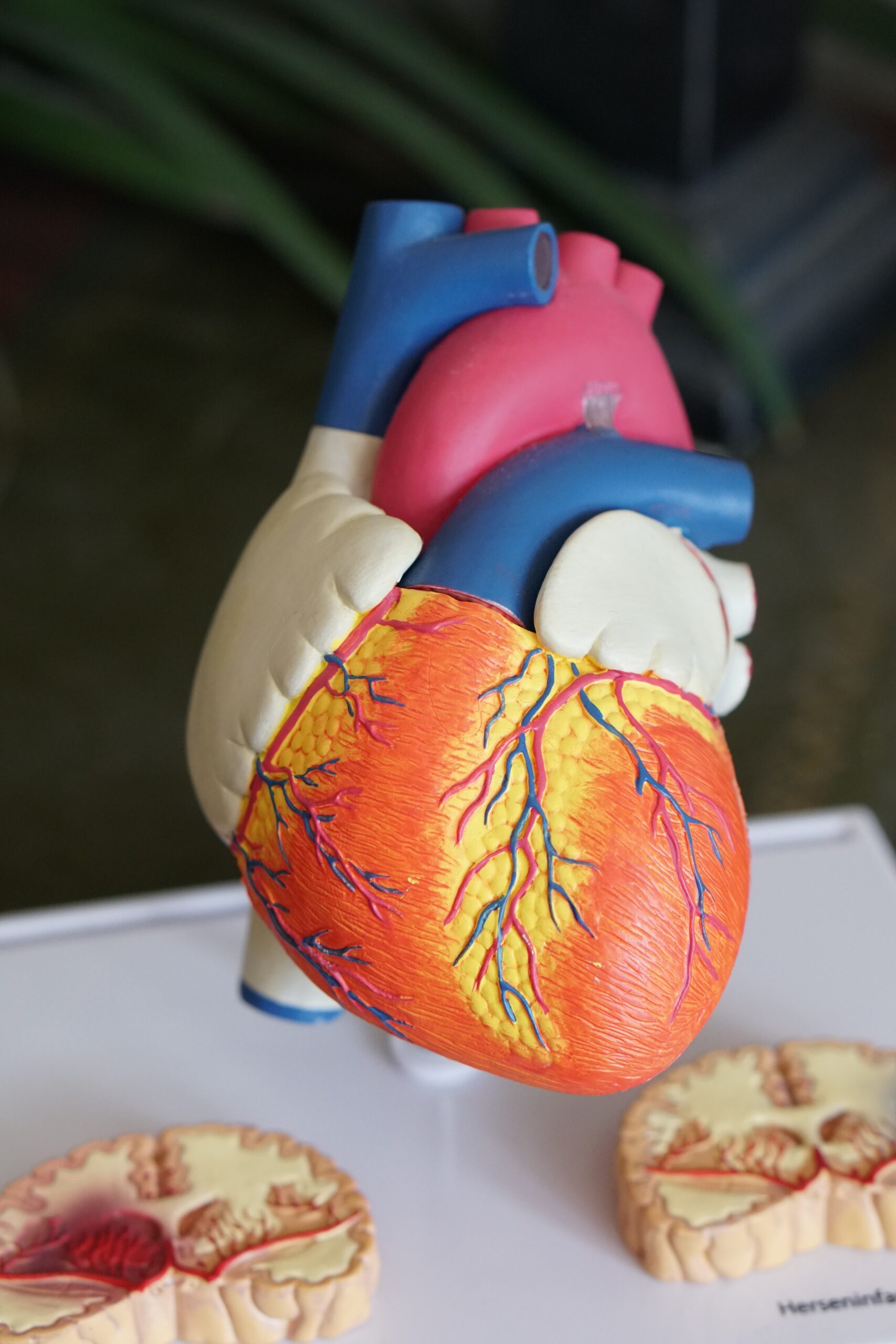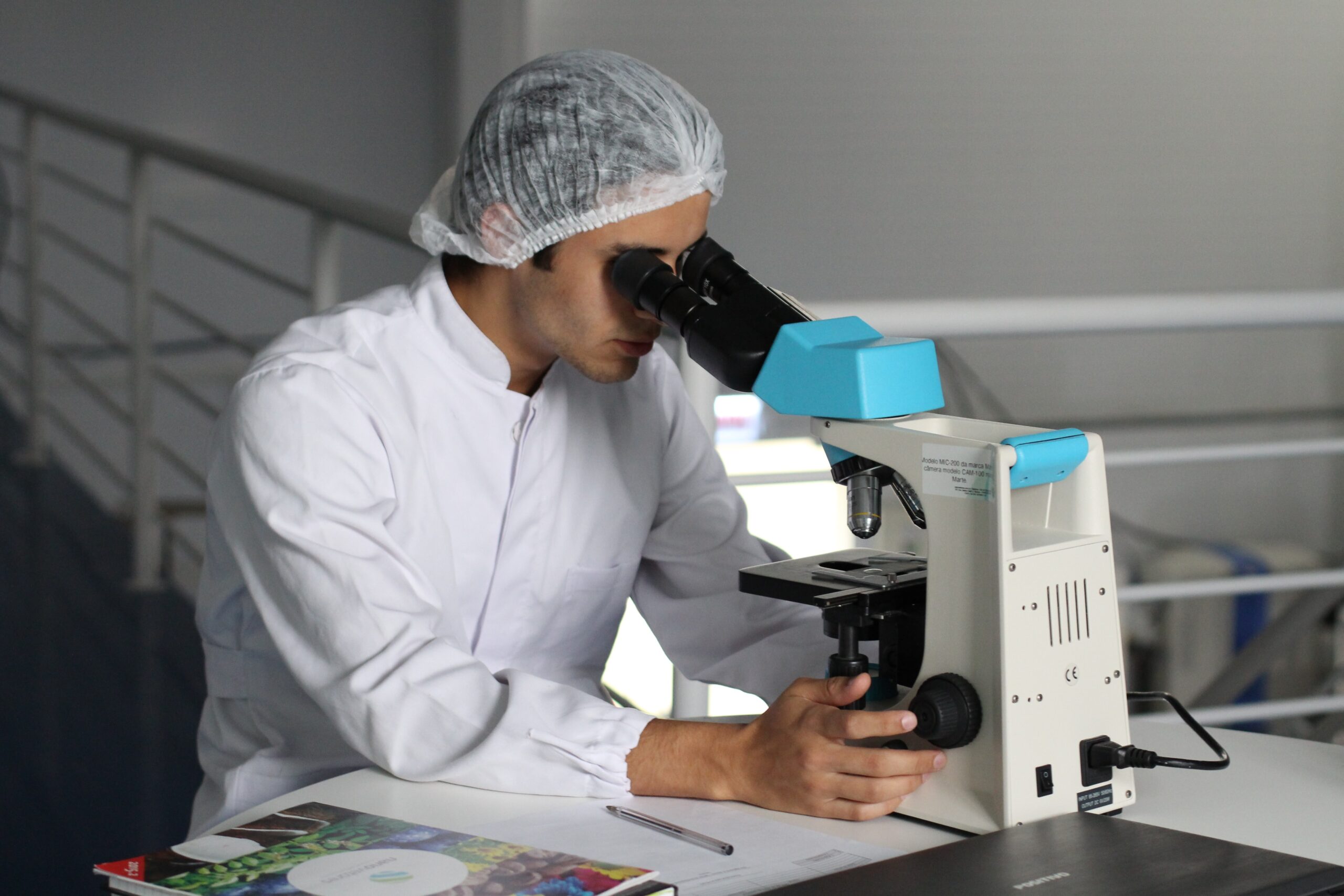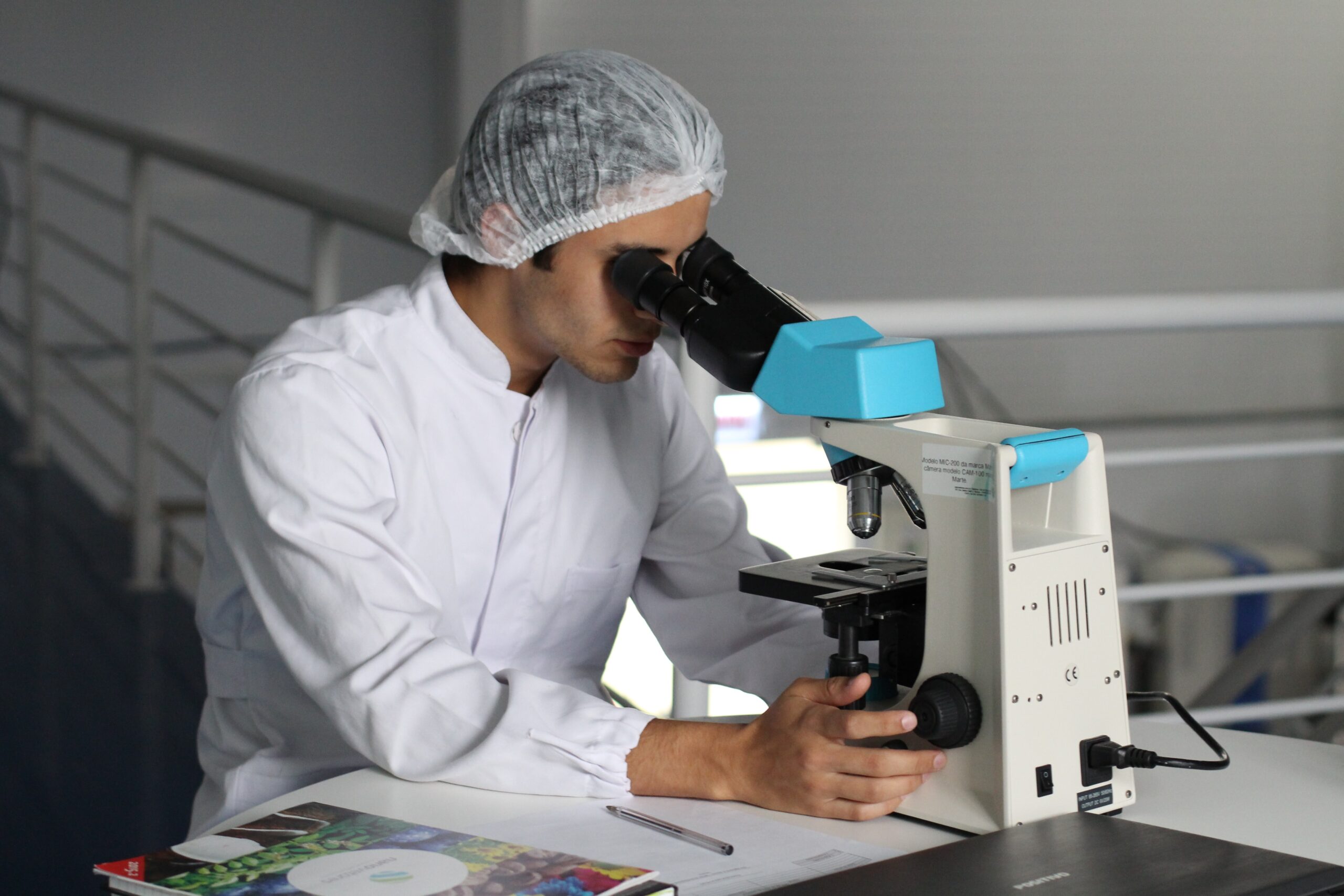Have you ever wondered what a prostatectomy is? If so, you're in the right place! In this informative article, we'll take a closer look at this common surgical procedure and answer all your pressing questions. Whether you're researching for a loved one or seeking information for yourself, understanding what a prostatectomy entails is crucial. So buckle up and get ready to learn everything you need to know about this medical intervention!
Understanding Prostatectomy
Definition of Prostatectomy
Prostatectomy is a surgical procedure performed to remove the prostate gland, a small organ located below the bladder and surrounding the urethra in men. The prostate gland plays a crucial role in the male reproductive system by producing and secreting a significant portion of the seminal fluid that nourishes and transports sperm.
When is it necessary?
A prostatectomy may be necessary in various situations, primarily when prostate cancer is detected. Prostate cancer is one of the most common types of cancer in men, and a prostatectomy is often recommended to remove the cancerous cells and prevent the further spread of the disease. Additionally, a prostatectomy may be performed to treat benign prostatic hyperplasia (BPH) or other conditions that cause urinary problems, such as an enlarged prostate.
Potential Risks and Complications
As with any surgical procedure, prostatectomy carries certain risks and potential complications. These may include bleeding, infection, damage to surrounding structures, urinary incontinence (inability to control urine flow), erectile dysfunction (difficulty achieving or maintaining an erection), or urinary retention (inability to completely empty the bladder). However, it's important to note that the risk of these complications can vary depending on the type of prostatectomy performed and individual factors.
Types of Prostatectomy
Overview of Types
There are three main types of prostatectomy: open prostatectomy, robotic prostatectomy, and laparoscopic prostatectomy. Each type has its advantages and considerations, and the choice of procedure may depend on factors such as the patient's overall health, surgeon's expertise, and the specific condition being treated.
Open Prostatectomy
Open prostatectomy is the traditional method of prostate removal, involving a larger incision made in the lower abdomen. This approach allows for direct visualization of the prostate and surrounding structures, enabling precise removal. While it may result in more significant scarring and a longer recovery period, open prostatectomy is still considered a safe and effective option.
Robotic Prostatectomy
Robotic prostatectomy is a minimally invasive procedure that utilizes robotic surgical systems. The surgeon controls robotic arms equipped with small instruments, which offer enhanced dexterity and precision. This technique requires smaller incisions, leading to reduced blood loss, reduced postoperative pain, and a faster recovery time compared to open surgery.
Laparoscopic Prostatectomy
Laparoscopic prostatectomy is another minimally invasive approach that utilizes small incisions and a thin tube-like instrument called a laparoscope. The laparoscope provides visual guidance to the surgeon while surgical instruments are inserted through additional small incisions. This technique offers advantages similar to robotic surgery, such as smaller incisions, less pain, and shorter hospital stays.

Preparation for Prostatectomy
Initial consultation and tests
Before undergoing a prostatectomy, you will have an initial consultation with your healthcare provider, during which your medical history and the current status of your prostate condition will be assessed. This may involve a physical examination and various tests, including blood tests, urine tests, imaging studies such as ultrasound or MRI, and a prostate biopsy if cancer is suspected.
Mental and emotional preparation
Undergoing any surgery can be emotionally challenging, and it's important to prepare yourself mentally and emotionally for a prostatectomy. This may involve discussing your concerns and fears with your healthcare provider, seeking support from loved ones or joining support groups, and educating yourself about the procedure and its potential outcomes.
Physical preparation
Your surgeon may provide specific instructions regarding physical preparation before the prostatectomy. This may include guidelines on diet, exercise, and medications to be taken or avoided in the days leading up to the surgery. It's important to follow these instructions closely to ensure the best possible surgical outcome.
Dietary adjustments
In the days before the prostatectomy, your surgeon may advise certain dietary adjustments to minimize the risk of complications during and after surgery. These recommendations may include avoiding heavy or greasy foods, increasing fluid intake, and consuming a diet rich in fruits, vegetables, and lean proteins to support the body's healing process.
Medication considerations
Inform your healthcare provider about all medications you are currently taking, including prescription drugs, over-the-counter medications, vitamins, and supplements. Some medications may need to be temporarily discontinued before the surgery, while others may be continued. It's crucial to follow your surgeon's instructions regarding medication management to ensure a safe and successful operation.
Procedure of Prostatectomy
Overview of the Procedure
The specific details of the prostatectomy procedure will depend on the chosen approach, whether open, robotic, or laparoscopic. However, the general steps involved in the surgery include administering anesthesia, making incisions, removing the prostate gland, and closing the incisions.
Anesthesia administration
Before the prostatectomy begins, anesthesia will be administered to ensure you remain comfortable and pain-free throughout the procedure. The anesthesia options may include general anesthesia, which causes you to sleep during the surgery, or regional anesthesia, which numbs the lower half of your body while you remain awake.
Open surgery process
During open prostatectomy, a large incision is made in the lower abdomen to access the prostate gland. The surgeon carefully separates the prostate from the surrounding tissues and structures, ensuring minimal damage. Once the prostate is removed, the surgeon closes the incision with sutures or staples.
Laparoscopic surgery process
In laparoscopic prostatectomy, small incisions are made in the abdomen to insert the laparoscope and surgical instruments. The surgeon uses the laparoscope to guide the removal of the prostate gland, often in small, manageable sections. The incisions are then closed with sutures or adhesive strips.
Robotic surgery process
Robotic prostatectomy involves the use of a robotic surgical system, allowing the surgeon to perform the procedure with enhanced precision and control. The surgeon operates the robotic arms, which hold and manipulate the surgical instruments through small incisions in the abdomen. The prostate gland is meticulously separated and removed, and the incisions are closed.
Completion and closing of incision
After the prostate gland is successfully removed, the surgeon ensures hemostasis (control of bleeding) and carefully closes the incisions. This may involve sutures, staples, adhesive strips, or a combination of these techniques. The incisions are then covered with surgical dressings, and you will be transferred to the recovery area.

Postoperative Care Following Prostatectomy
Hospital stay duration
The length of your hospital stay following a prostatectomy will depend on various factors, including the type of surgery performed and your individual recovery progress. Open prostatectomies typically require a longer hospital stay compared to minimally invasive procedures. On average, you can expect a hospital stay of two to five days after the surgery.
Pain management
After a prostatectomy, it's common to experience some degree of postoperative pain or discomfort. Your healthcare team will administer pain medications to help manage your pain effectively. These may include oral pain relievers, intravenous medications, local anesthetics, or a combination of these methods.
Physical therapy
Physical therapy plays a crucial role in your recovery following a prostatectomy. A physical therapist will work with you to develop a personalized exercise program aimed at improving strength, flexibility, and overall physical function. Physical therapy may include exercises to strengthen the pelvic floor muscles, promote bladder control, and improve mobility.
Dietary advice
Following a prostatectomy, your dietary choices can play a significant role in your recovery and overall well-being. Your healthcare provider may provide specific dietary guidelines to promote healing, minimize discomfort, and prevent complications. This may include increasing fluid intake, consuming a balanced diet rich in fiber, vitamins, and minerals, and avoiding foods and drinks that may irritate the urinary system.
Regular follow-ups
Regular follow-up appointments with your healthcare provider are crucial to monitor your recovery progress and address any postoperative concerns or complications. These appointments allow for the assessment of healing, evaluation of urinary and sexual function, and discussion of any ongoing symptoms or issues. Your healthcare provider will create a follow-up schedule tailored to your specific needs.
Recovery Period After Prostatectomy
Expected timeframe for recovery
The recovery period following a prostatectomy can vary from person to person, depending on various factors such as surgical approach, overall health, age, and individual healing capacity. In general, it may take several weeks to a few months to recover fully and resume normal activities.
Common postoperative symptoms
After a prostatectomy, it is normal to experience certain postoperative symptoms as your body adjusts and heals. These may include pain or discomfort in the surgical area, fatigue, urinary frequency or urgency, temporary urinary incontinence, and difficulty achieving or maintaining an erection. However, many of these symptoms improve over time with proper care and management.
Resuming normal activities
Gradually resuming normal activities and returning to your daily routine is an essential part of the recovery process after a prostatectomy. Your healthcare provider will provide guidelines on when and how to resume activities such as work, exercise, and hobbies based on your individual progress. It's important to listen to your body, take things slowly, and avoid overexertion during the initial stages of recovery.
Catheter care
Following a prostatectomy, a catheter will often be inserted into your bladder to assist with urination during the healing process. Proper catheter care is essential to prevent issues such as infection and blockage. Your healthcare provider will provide instructions on how to care for the catheter, including tips for keeping the area clean, emptying the drainage bag, and when to contact your healthcare team if any concerns arise.
Ongoing symptom management
While many postoperative symptoms improve over time, it's possible to experience ongoing challenges after a prostatectomy. These may include lingering urinary incontinence, erectile dysfunction, or sexual dissatisfaction. If you experience ongoing symptoms or difficulties, it's important to communicate with your healthcare provider and explore available treatment options and support resources.

Potential Complications and Risks of Prostatectomy
Short-term complications
Like any surgical procedure, prostatectomy carries the risk of short-term complications. These may include bleeding, infection, blood clots, injury to nearby structures, bowel dysfunction, anesthesia-related adverse effects, or difficulties with urinary catheterization. Your healthcare team will closely monitor and manage these potential complications to ensure your safety and well-being.
Long-term complications
Certain long-term complications may arise following a prostatectomy, although they are relatively rare. These complications may include persistent urinary incontinence or leakage, erectile dysfunction, narrowing of the urethra (urethral stricture), urinary fistula (abnormal connection between organs or tissues), or psychological distress related to changes in sexual function or body image.
Risk mitigation measures
To minimize the risk of complications during and after a prostatectomy, your healthcare provider will take several risk mitigation measures. These may include thorough preoperative testing and evaluations, utilization of advanced surgical techniques, administration of appropriate anesthesia, diligent surgical technique to minimize damage to surrounding structures, and comprehensive postoperative care and monitoring.
Life After Prostatectomy
Resuming normal life
Life after a prostatectomy can return to a sense of normalcy over time. As you recover and heal, you can gradually resume your regular activities, including work, hobbies, and social interactions. It's important to listen to your body, prioritize self-care and adopt a positive mindset throughout the healing process.
Emotional and mental health considerations
Undergoing a prostatectomy can have emotional and mental health implications. It's common to experience a range of emotions, including anxiety, fear, sadness, or even relief. If you find yourself struggling with your emotional well-being, it's essential to seek support from loved ones, friends, support groups, or professional counselors who can provide guidance and help you navigate the emotional aspects of the journey.
Impact on personal relationships
The impact of a prostatectomy on personal relationships can vary from individual to individual and depend on various factors, including the quality of communication and understanding between partners. Open and honest communication, empathy, and support are crucial to navigating potential changes in sexual function, intimacy, and emotional dynamics. It's important to involve and educate your partner about the process to foster mutual understanding and address concerns together.
Sexual health after prostatectomy
Prostatectomy can have implications for sexual health, particularly in terms of erectile function. It's normal to experience temporary or permanent changes in sexual function following the surgery, and it may take time to regain sexual confidence. There are various treatment options available, including medications, vacuum erection devices, penile implants, or counseling. Discussing your concerns and exploring alternatives with your healthcare provider can provide valuable guidance and support.
Alternatives to Prostatectomy
Other surgical procedures
In some cases, alternative surgical procedures may be considered instead of or in combination with a prostatectomy. These may include transurethral resection of the prostate (TURP), laser ablation, microwave therapy, or cryotherapy. However, the choice of procedure depends on the specific condition being treated, the extent of the disease, and your overall health.
Non-surgical treatments
Non-surgical treatments can be considered as an alternative to prostatectomy, particularly for individuals with low-risk or less aggressive prostate cancer. These options may include active surveillance (regular monitoring of the disease without immediate treatment), radiation therapy, hormone therapy, or chemotherapy. Consultation with a healthcare provider specializing in prostate cancer will help determine the most suitable treatment approach for your specific situation.
Watchful Waiting and Active Surveillance
Watchful waiting and active surveillance are approaches that may be recommended for individuals with slow-growing or low-risk prostate cancer. Watchful waiting involves monitoring the disease without undergoing active treatment unless necessary, mainly focusing on symptom management. Active surveillance involves regular monitoring of the disease through tests and imaging to detect any changes that may require initiation of treatment.
Prostate cancer drugs and medications
In some cases, medications or hormone therapies may be prescribed to manage the progression of prostate cancer or alleviate symptoms. These drugs can be used as an alternative to or in conjunction with surgical interventions. Examples of such medications include androgen deprivation therapy (ADT), chemotherapy drugs, immunotherapy, or targeted therapies. The decision to use these medications will depend on various factors, including your individual cancer profile and response to other treatments.
Frequently Asked Questions about Prostatectomy
Who is the best candidate?
The best candidate for a prostatectomy is someone who has been diagnosed with prostate cancer or has other prostate conditions that have not responded well to non-surgical treatments. The decision to undergo a prostatectomy is made after a comprehensive evaluation of the risks, benefits, disease stage, overall health, and personal preferences.
What is the success rate?
The success rate of a prostatectomy depends on various factors, including the stage and aggressiveness of the cancer, the specific surgical approach, and the individual's overall health. Generally, prostatectomy has a high success rate in removing the cancerous cells and preventing further spread of the disease. However, it is important to note that the success rate can vary, and individual outcomes may vary.
Will it affect sexual function?
Sexual function can be affected by a prostatectomy, particularly in terms of erectile function. While it is common to experience temporary or permanent changes in sexual function following the surgery, various treatment options, such as medications, vacuum erection devices, or penile implants, are available to help restore sexual function. Open communication with your healthcare provider and exploring these options can provide valuable support and guidance.
How long will the hospital stay be?
The length of hospital stay after a prostatectomy can vary depending on the specific surgical approach and individual recovery progress. Open prostatectomies typically require a longer hospital stay compared to minimally invasive techniques. On average, you can expect a hospital stay of two to five days following the surgery. However, it's important to consult with your healthcare provider for personalized information regarding your expected hospital stay.
What to expect during recovery?
During the recovery period after a prostatectomy, you can expect a gradual improvement in symptoms and an overall return to normal activities. Some common aspects of recovery include managing postoperative pain, performing physical therapy exercises to regain strength and bladder control, following dietary recommendations, attending regular follow-up appointments, and adjusting to potential changes in urinary or sexual function. It's important to be patient with your recovery process and seek support from your healthcare team as needed.

